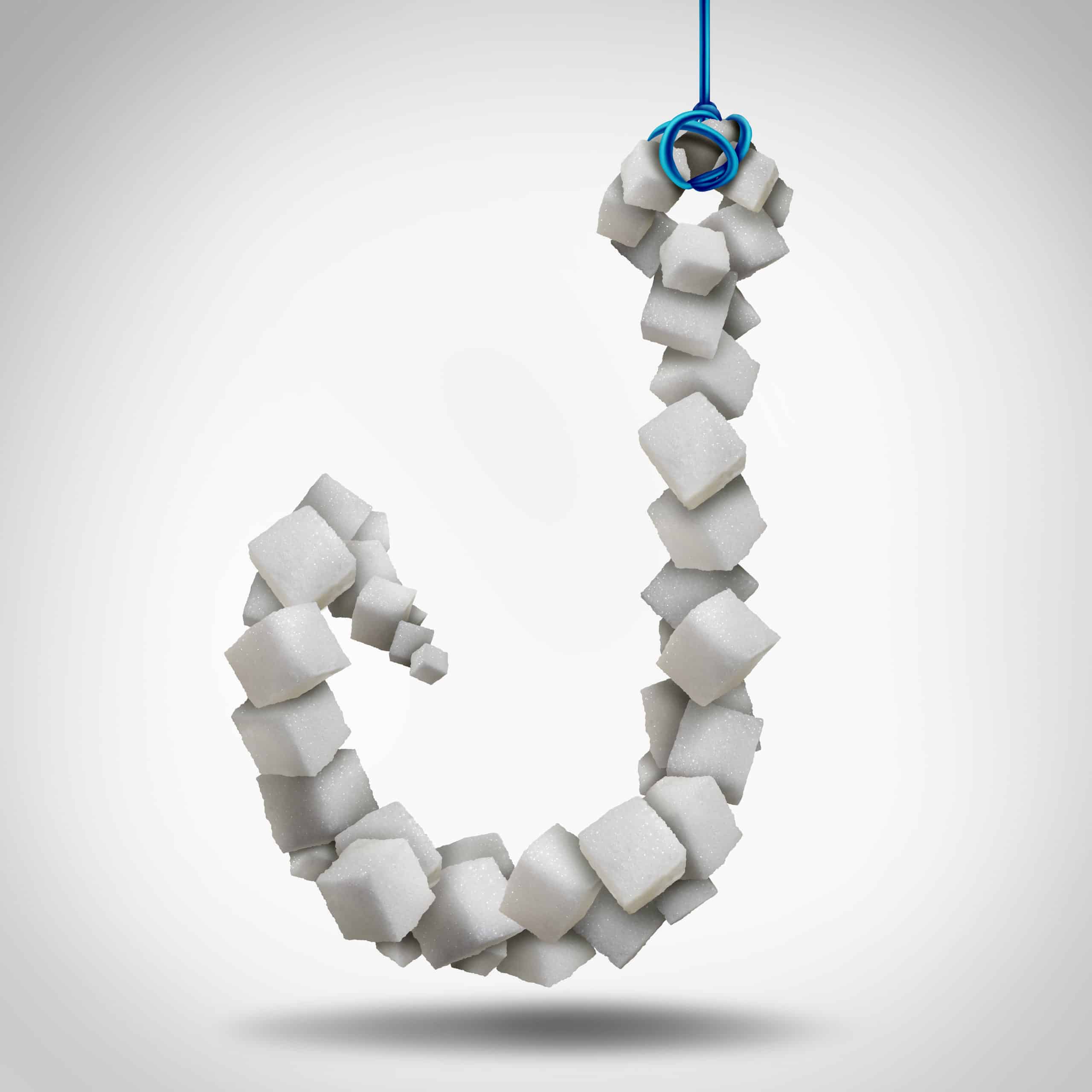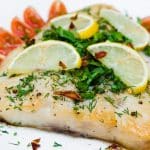
Sugar Awareness Week
This year Sugar Awareness Week runs from 20-26 January. Excess sugar heightens your risk of tooth decay, type 2 diabetes and weight gain.
Do you know how much sugar you should be consuming, and how much you are actually consuming?
The types of sugars the majority of people in the UK eat are called ‘free sugars’.
Free sugars ARE:
- Any sugars added to food or drink, including but not limited to biscuits, chocolate, flavoured yoghurts, cereal and fizzy drinks.
- Sugar in honey, syrups, unsweetened fruit juices, vegetable juices and smoothies – these are naturally occurring sugars, but still count as free sugars.
Free sugars ARE NOT:
- Sugar naturally present in fruit and vegetables in any form e.g. frozen, whole or dried
- Sugar found in milk and milk products such as cream, cheese and plain yoghurt
- Natural sugars in nuts and seeds
What is the recommended limit for sugar?
- Maximum daily total sugar intake = 90g
- Maximum daily free sugar intake = 30g (no more than 5% of the calories you consume from foods and drinks)
Many foods we consider to be healthy have lots of free sugars lurking in them. It is worth checking the food labels to be sure in order to be able to make healthy choices.
Sugar content on packaging is referred to as TOTAL SUGARS – this includes both naturally occurring and free sugars.
It can be difficult to tell the difference between the two so check the ingredients – if glucose, honey, sugar, syrups or fruit juice concentrate appears in the top three ingredients, then it will be high in free sugars and should be avoided.
Below is a table that will enable you to distinguish whether a food or drink is high in total sugars.
|
LOW |
MEDIUM | HIGH | VERY HIGH | |
|
Total sugars in food per 100g |
5g or less |
More than 5g Less than 22.5g |
22.5g or more |
More than 27g (if serving size exceeds 100g) |
| Total sugars in drinks per 100ml | 2.5g or less | More than 2.5g
Less than 11.25g |
11.25g or more |
More than 13.5g (if serving size exceeds 150ml) |
|
LIMIT |
CHECK |
CHOOSE |
|
| Bread, cereals & starchy foods | – Sugar coated cereals
– Cereal bars – Pizza – Pastries – Biscuits |
– Breakfast cereals
– Pasta in sauces |
– Porridge oats
– Bread, including rye and soda – Potatoes – Grains e.g. couscous, bulgur wheat, quinoa, millet – Wholemeal pasta |
| Dairy | – Ice cream
– Flavoured yoghurts – Flavoured milk
|
– Milk substitutes e.g. Soya and almond | – Unsweetened almond milk
– Unsweetened soy milk
|
| Meat, fish & vegetarian alternatives | – Meat, fish or vegetable alternatives in a sugary sauce i.e. sweet and sour
– Some curries – Processed meat items such as sausage rolls and pies |
– Fish in batter/pastry
– Baked beans – Ready meals |
– Fresh, lean meat and white or oily fish
– Tinned fish – Tofu – Soya mince |
| Fruits & vegetables | – Pre-prepared vegetables in a sugary sauce
– Canned fruit in syrups – Fruit puddings |
– Salad in high sugar dressing
– Processed potatoes i.e. chips, mashed potato, dauphinoise potatoes – Some ready-made vegetable soups – Ready meals
|
– Fresh, frozen and dried fruits, vegetables and pulses
– Tinned fruit and vegetables in water |
| Desserts & snacks | – Cake
– Chocolate – Sweets – Biscuits |
– Some cereal bars
– Dark chocolate
|
– Sugar-free jelly
– Plain popcorn – Plain yoghurt – Fruit salad – Plain nuts and seeds |
| Drinks | – Energy drinks
– Fizzy sugary drinks – 100% fruit juice – Smoothies – Fruit juice from concentrate – Flavoured milk – Flavoured water with added sugar – Squash with added sugar – Hot chocolate |
– Diluted fruit juices
– Low-sugar soft drinks – Low-sugar squash |
– Water
– Sparkling water – Tea without sugar – Coffee without sugar |
| Sauces & spreads | – Chocolate spread
– Jam – BBQ sauce – Ketchup – Sweet and sour sauce – Sweet chilli sauce – Curry sauces – Condiments i.e. chutneys |
– Some pasta and curry sauces
– Reduced-sugar jam – Reduced sugar sauces – Some gravies |
– Herbs and spices
– Citrus juice – Low-sugar gravy
|


